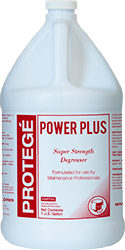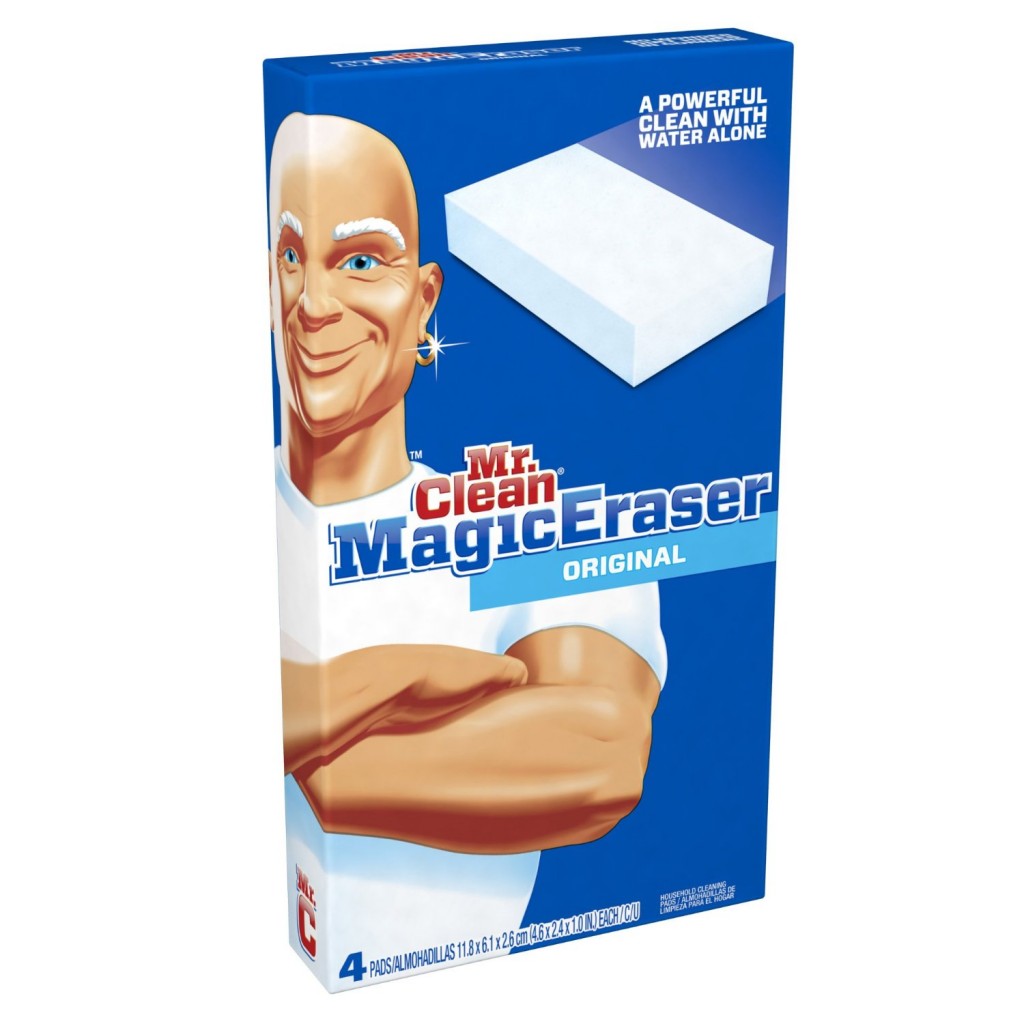

I) the amelioration of allergic reactions to blood or plasma, in anaphylaxis as an adjunct to epinephrine and other standard measures after acute allergic reaction symptoms have been controlled, and for other uncomplicated allergic conditions of the immediate type when oral therapy is impossible or contraindicated 16 As an OTC medication, diphenhydramine is typically formulated as tablets and creams indicated for use in treating sneezing, runny nose, itchy/watery eyes, itching of nose or throat, insomnia, pruritis, urticaria, insect bites/stings, allergic rashes, and nausea 9, 10, 11, 17, 5.Īdditionally, when the use of oral diphenhydramine is impractical, there are also prescription-only formulations such as diphenhydramine injection products that are effective in adults and pediatric patients (other than premature infants and neonates) for: β-dimethylaminoethanol diphenylmethyl etherĭiphenhydramine is a first-generation histamine H1 receptor antagonist (H1 antihistamine) that is widely available as a non-prescription, over-the-counter (OTC) medication.

α-(2-dimethylaminoethoxy)diphenylmethane.N-(2-(diphenylmethoxy)ethyl)-N,N-dimethylamine.Type Small Molecule Groups Approved, Investigational Structure As a result, diphenhydramine is being investigated for its anxiolytic and anti-depressant properties. While its use in allergy therapy can sometimes fall out of favor due to its sedative effect, diphenhydramine has been repurposed for use within many non-prescription over-the-counter sleep aids and cough-and-cold medications that have been marketed for "night time" use 9, 12, 13.ĭiphenhydramine is also used in combination with 8-chlorotheophylline as the anti-nausea drug Dimenhydrinate where it is utilized primarily for its antagonism of H1 histamine receptors within the vestibular system 4.ĭiphenhydramine has also been shown to be implicated in a number of neurotransmitter systems that affect behaviour including dopamine, norepinephrine, serotonin, acetylcholine, and opioid 3.

As histamine receptors exist both peripherally and in the central nervous system, diphenhydramine has been shown to cause sedation due to its competitive antagonism of histamine H1 receptors within the central nervous system 9, 10, 11, 17, 5. However, it also has antiemetic, antitussive, hypnotic, and antiparkinson properties 11, 16. Acetadryl, Advil PM, Aleve PM, Allegra Cooling Relief Anti-itch, Banophen, Benadryl, Benadryl Itch Stopping, Benadryl-D Allergy and Sinus, Calagel, Damylin With Codeine, Dimetapp Nighttime Cold & Congestion, Diphen, Diphenhist, Diphenist, Excedrin PM Triple Action, Goody's PM, Legatrin PM, Motrin PM, Nytol, Nytol Quickgels, Percogesic Reformulated Jan 2011, Siladryl, Simply Sleep, Sleepinal, Sominex, Triaminic Night Time Cold & Cough, Tylenol PM, Unisom, Unisom Sleep, Vanamine, Wal-dryl, Wal-som (doxylamine), Zzzquil Generic Name Diphenhydramine DrugBank Accession Number DB01075 Backgroundĭiphenhydramine - perhaps known most commonly as its brand name formulation Benadryl - is a first-generation H1 receptor antihistamine that is used extensively for the treatment of seasonal allergies, insect bites and stings, and rashes 9, 10, 11, 17.


 0 kommentar(er)
0 kommentar(er)
